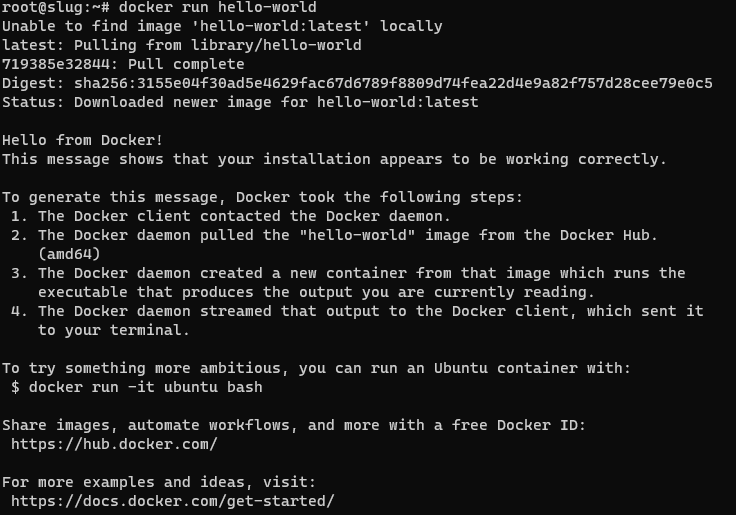I think Kodi was amazing when it was XBMC and the only real option. It seems to be falling behind now though :-( I moved to Jellyfin a couple of years ago.
GreatBlueHeron
No - I know the difference between a DAC and an amp. The Android (or, maybe it's just Google Pixel devices, I can't recall) audio subsystem limits audio output. My phone max. output is about 800mV. I believe they assume all output is going to earphones and they're trying to protect your hearing. This happens even if you're using a USB DAC. But, there is an app called USB Audio Player PRO (the may be others) that can bypass the Android audio subsystem and send output directly to the DAC and thereby get the full DAC output - typically around 2V.
Currently no virtualisation at all - just my OS on bare metal with some apps installed. Remember, this is a single machine sitting in my basement running Samba and a couple of other things - there's not much to orchestrate :-)
Since you mentioned the "power" of an external DAC I'll add that my experience has been that android will still limit the output unless you use an app that works directly with the DAC. Last time I checked the only option was paid.
Wow - I thought docker was overkill for a home server and you've gone kubernetes! I guess if you use it for work and that's what you're comfortable with?
Because it seems overkill for a home server. Up until recently all I ran was Samba and a torrent daemon. Why would I install another layer of overhead to manage two applications on one server?
Yeah, I get it now. Just the way I read it the first time it sounded like you were saying that was a complete command and it was going to do something "magic" for me :-)
That's exactly how I feel about it. Except (as noted in my post..) the software availability issue. More and more stuff I want is "docker first" and I really have to go out of my way to install and maintain non docker versions. Case in point - I'm trying to evaluate Immich so I can move off Google photos. It looks really nice, but it seems to be effectively "docker only."
# docker compose up -d
no configuration file provided: not found
Why not? Because I've never heard of it until this thread - lots of people mentioning it so obviously I'll look into it.

Well, that wasn't a huge investment :-) I'm in..
I understand I've got LOTS to learn. I think I'll start by installing something new that I'm looking at with docker and get comfortable with something my users (family..) are not yet relying on.
All that makes sense - except that I'm taking about 1or 2 physical servers at home and my only real motivation for looking into containers at all is that some software I've wanted to install recently has shipped as docker compose scripts. If I'm going to ignore their packaging anyway, and massage them into some other container management system, I would be happier just running them of bare metal like I've done with everything else forever.